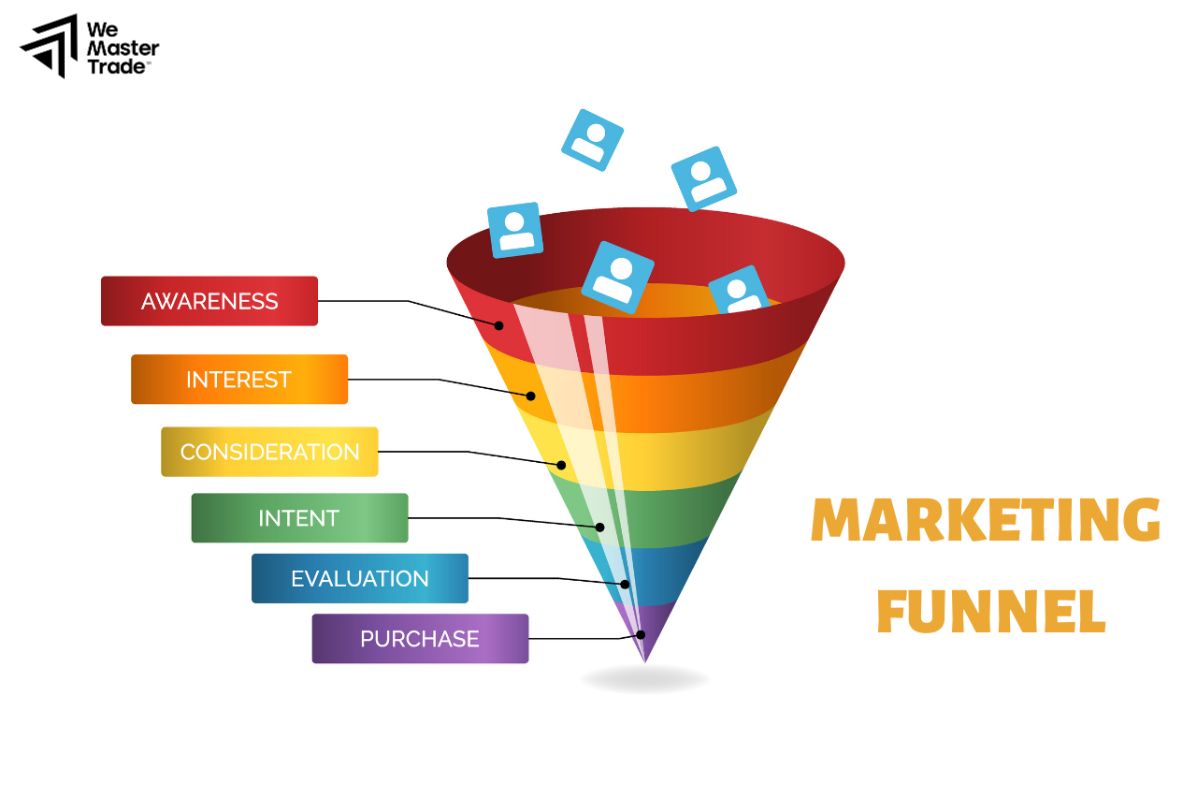In the fiercely competitive landscape of prop firms, having an effective prop firm advertising strategy is no longer optional—it’s essential for survival. From Facebook Ads and Google Ads to financial influencers, each channel offers a chance to reach the right group of traders and optimize costs—if executed strategically. This article will help you understand how to build a professional advertising campaign, avoid budget waste, and gradually develop a strong prop firm brand in the market. Let’s dive in!
See more:
- Best Prop Firm Service – Criteria for Evaluating Good Prop
- Change Your Life with Prop Firms – The Secret for Traders
- When to Withdraw Money from a Prop Firm: Key Tips
What Is Prop Firm Advertising and Why Is It Important?

Prop firm advertising refers to marketing activities aimed at introducing the proprietary trading model to potential traders, with the goal of attracting participants, building brand credibility, and expanding market share in the financial sector. Unlike traditional brokerage advertising, prop firm ads focus on emphasizing benefits such as “funded trading,” “zero personal capital risk,” and “high profit-sharing opportunities.”
With hundreds of new prop firms launching each year, an effective advertising strategy helps a firm:
-
Reach the right, high-quality traders
-
Optimize cost per acquisition (CPA)
-
Establish a sustainable competitive advantage
-
Increase trust and credibility in global markets
Ignoring advertising—or doing it poorly—can cause even great prop firms with solid products to quietly disappear.
Effective Advertising Channels for Prop Firms Today
In a digital world, choosing the right advertising channels helps prop firms maximize budgets and quickly reach potential traders. Below are three key channels top-performing prop firms are using effectively:
Facebook Ads – Broad Reach, Quick Testing, Flexible Budgeting

Facebook Ads allow for behavioral and interest-based targeting, such as “people interested in forex,” “traders using MT4/MT5,” or “followers of major financial pages.”
- Advantages: Easy to set up and A/B test messaging like: “Get $50,000 to start trading” or “No capital needed – just skills”.
- Note: Content must be optimized to comply with Meta’s financial advertising policies.
Google Ads – Attract Traders with Clear Intent

Google Ads effectively target search queries like “reputable prop firm,” “instant funding no challenge,” or “funded demo account.”
Advantages: Captures users actively seeking to learn about or join a prop firm.
Suggested keyword groups:
-
Competitor: e.g. rival prop firm names
-
Generic: e.g. what is a prop firm
-
Advanced: e.g. scaling account reviews, instant access, no challenge
Financial Influencers – Fast-Track Trust Building

Partnering with industry KOLs such as YouTubers, TikTokers, or signal providers can generate viral effects and build brand trust quickly.
-
Choose influencers with real trading communities, not just entertainment-focused audiences.
-
Consider CPA (cost-per-acquisition) or long-term affiliate models.
Content Strategy for Prop Firm Advertising
Regardless of the channel used, content is what determines your conversion rate. For prop firm ads, content must not only be attention-grabbing but also resonate deeply with traders—those who seek low-risk, high-return trading opportunities.
Subtly Embed the “No Capital – Still Earn” Message

Traders are drawn to the idea of trading large accounts without risking personal capital. However, being too blunt may make the ad seem unrealistic.
Examples of effective phrasing:
-
“You’ve got the skills, we’ve got the capital – let’s share the profits.”
-
“Get a $25,000 account – just prove your ability.”
-
“No capital needed – just a solid trading plan.”
Pair these with images or videos showing a trader’s journey from challenge to funding to increase trust and inspire action.
Build a 3-Stage Content Funnel: Awareness – Consideration – Conversion

To run effective ads, content must follow the user’s journey:
Stage 1: Brand Awareness
-
Run short videos explaining what a prop firm is and why it’s worth trying.
-
Keep the tone light, friendly, and curiosity-driven.
Stage 2: Consideration
-
Direct users to blog posts or articles sharing tips on passing challenges and the benefits of funded trading.
-
Include case studies or comparisons between prop firm trading and self-funded trading.
Stage 3: Conversion
-
Use remarketing with compelling offers like: “Instant Funding – No Challenge Needed”, “Lifetime Swap-Free Accounts”, or “30% Off Registration Fee”.
-
Call-to-Action examples: “Start your journey to becoming a professional trader today.”
Common Mistakes in Prop Firm Advertising
Here are some frequent errors that prop firms make in their ad campaigns:

Copying content from brokers or competitors
-
Lacks unique selling points
-
Traders don’t see what makes your firm different
Targeting the wrong audience or too broadly
-
Ads aimed at stock or crypto traders who aren’t interested in prop trading
No content funnel
-
Ads lead straight to signup pages without warming up the audience
-
Viewers bounce without converting
Ignoring remarketing
-
No retargeting for users who previously interacted with the brand
-
Missed opportunities to convert high-potential leads
Relying on a single ad channel
-
Risky if the account gets banned or performance drops
-
Use a multi-channel approach: Facebook, Google, KOLs, affiliates…
Conclusion
In today’s increasingly competitive environment, prop firm advertising is not just about acquiring traders—it’s a core strategy for long-term brand building. Choosing the right advertising channels, creating compelling and psychologically targeted content, and avoiding common mistakes will help your prop firm optimize ad spend and achieve sustainable growth. If you’re seeking an effective direction for your next campaign, now is the time to invest seriously in a structured, long-term prop firm advertising strategy.
See more:











